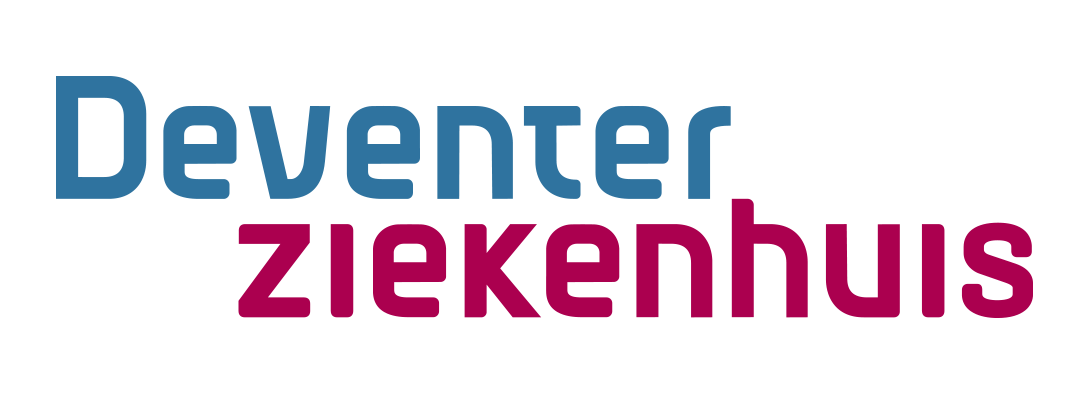Background
The Dutch guideline regarding pain management, prescribes opioids for the treatment of moderate to severe pain [1]. Opioids are primarily prescribed to cancer patients or those with chronic or post-operative pain [2]. Opioids are effective in reducing acute pain yet they can cause frequent side effects [1,3,4]. Besides, hyperalgesia develops while using and at long-term there is a risk for tolerance and withdrawal [1,5]. These risks increase as opioids are used for longer periods of time. Tolerance and withdrawal lead to addiction and can have an adverse effect on a patient’s physical and mental quality of life [6]. Opioid use has risen globally in the past decade. In the Netherlands there are currently, 90.000 individuals chronically using opioids [7].
Opioids prescribed for postoperative pain, cancer and chronic pain are among the most common events that lead to opioid misuse [2,8]. Finding a balance between managing pain effectively and preventing opioid diversion and addiction is a significant challenge for patients, medical specialists, and general practicioners. The fact that pain is a subjective measure that varies per patient makes it particularly difficult to manage [9]. Currently, less than half of the postoperative patients and only one-third of the patients that live with cancer report adequate pain relieve [10,11].
In current practice, all patients receive a standardized amount of opioids based on predetermined protocols. A high degree of self-management is expected from patients for administering their own medication, without the supervision of a doctor or nurse. However, research indicates that patients frequently make mistakes in self-administering medication [12,13]. The frequency of patient medication errors is situated between 19 and 59% [12]. In addition, up to 70% of the opioids prescribed for post-operative pain are being wasted as they were not used after surgery [14]. Given the high-rates of opioid misuse, the ineffective pain management, and the waste of medications, we emphasize the importance of a more patient-tailored solution to safely use opioids for the management of pain.
Aim
The ROADIME- PainSafe project seeks to address a critical gap in opioid administration by introducing an AI-driven, robotic medication dispenser tailored for high-risk patients, including those recovering from joint arthroplasty, managing chronic pain, or receiving palliative care. The PainSafe provides patients with the required painmedication according to the relevant pain management protocol. The dispenser enables precision-driven pain management while significantly reducing risks of opioid misuse, dependency, and unnecessary opioid wastage.
Approach
ROADIME - PainSafe is a collaboration between Deventer Hospital and the University of Twente. A human-centered design approach will guide the development of the medication dispenser, involving patients and other stakeholders in the co-design process. This approach aims to produce a dispenser that meets the requirements of multiple stakeholders. A first prototype has already been created, though further iterations are needed to enhance both the hardware and software of this intelligent medication dispenser.
Assignments
Are you interested in a technical project with significant clinical relevance? In collaboration with Deventer Hospital and the University of Twente, we offer a variety of project ideas suitable for both Bachelor's and Master's assignments. Please contact Sanne Hendrickx via email s.hendrickx@dz.nl



